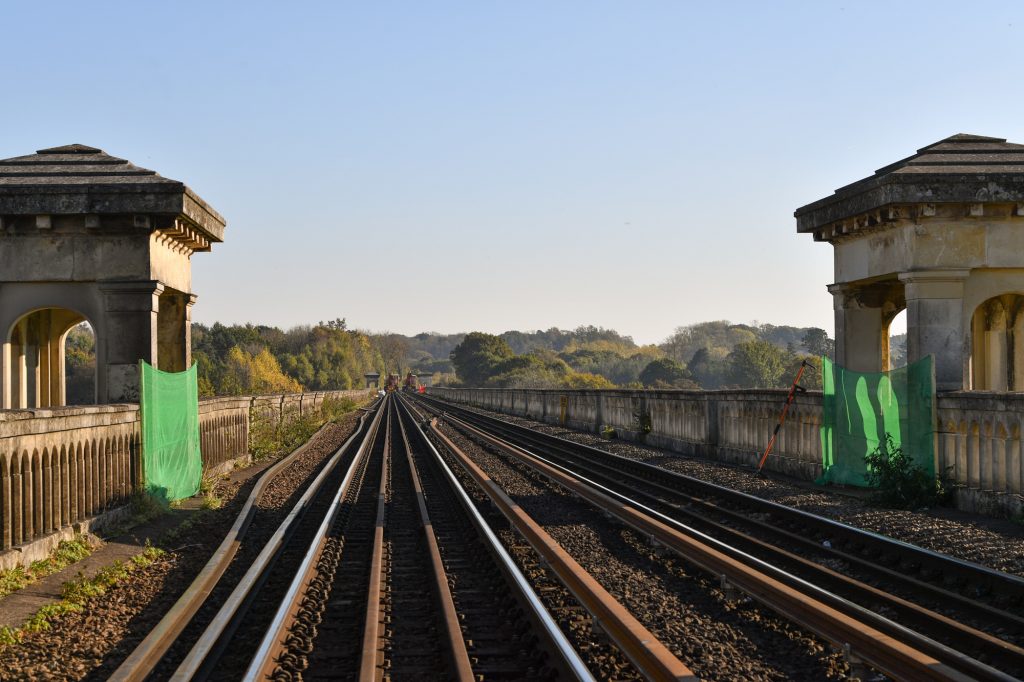What’s a Main Line? Rail history explained

We talk a lot about Main Line railways but what are they and how do they differ from other lines?
One simple answer is that we typically use Main Line to describe principal rail links between big towns and cities.
Historically, it was applied to the names of routes such as West, East, Midland, Great Western, Brighton and Great Western. Today we also use it to describe High Speed 1.
Watch our animation to understand the difference between Main Line and mainline
Victorian Main Lines
Main Lines stem from the Victorian railway revolution. Historic England says that from 1830 the railways built around the world were based on the Liverpool and Manchester Railway – the first steam-powered, inter-urban railway for passengers and goods in the world.
This new railway would dramatically reduce the time it would take to transport goods between Liverpool and Manchester. Goods traffic between the cities had reached an all-time high in the 1820s, according to the Science and Industry Museum.
The Observer newspaper reported in September 1830: “Goods would arrive in a shorter time from New York to Liverpool than they could afterwards be conveyed from Liverpool to Manchester.”
However, the historic Main Lines also included secondary routes and branch lines. They were characterised by some state regulation, mechanical traction and the transport of passengers and goods.
Busy London lines to rural routes
Recently, we’ve used more specific terms than simply Main Line to refer to the difference in usage for different parts of our railway.
We did this to allow policy to be applied more strategically to different parts of the railway:
- primary – high speed, high tonnage, mixed passenger and freight routes
- London and South East – high-density London commuter routes (and feeder routes) with varying tonnages of freight traffic
- secondary – the through routes, not included in primary or London and South East, carrying mixed passenger and freight traffic
- rural – mostly lightweight, infrequent and short passenger trains, with occasional locomotive-hauled passenger, freight or engineering trains
- freight – just freight trains, generally travelling at low speeds
The wider mainline railway network
While a Main Line is a major route such as the ones mentioned earlier, the mainline is essentially every part of the railway in England, Wales and Scotland managed by us at Network Rail.
This excludes things like:
- metros and other light rail systems
- networks that are functionally separate from the rest of the mainline railway and intended only for the operation of local, urban or suburban passenger services
- heritage, museum or tourist railways that operate on their own networks
- privately owned infrastructure that exists solely for the use of its owner for its own freight operations.